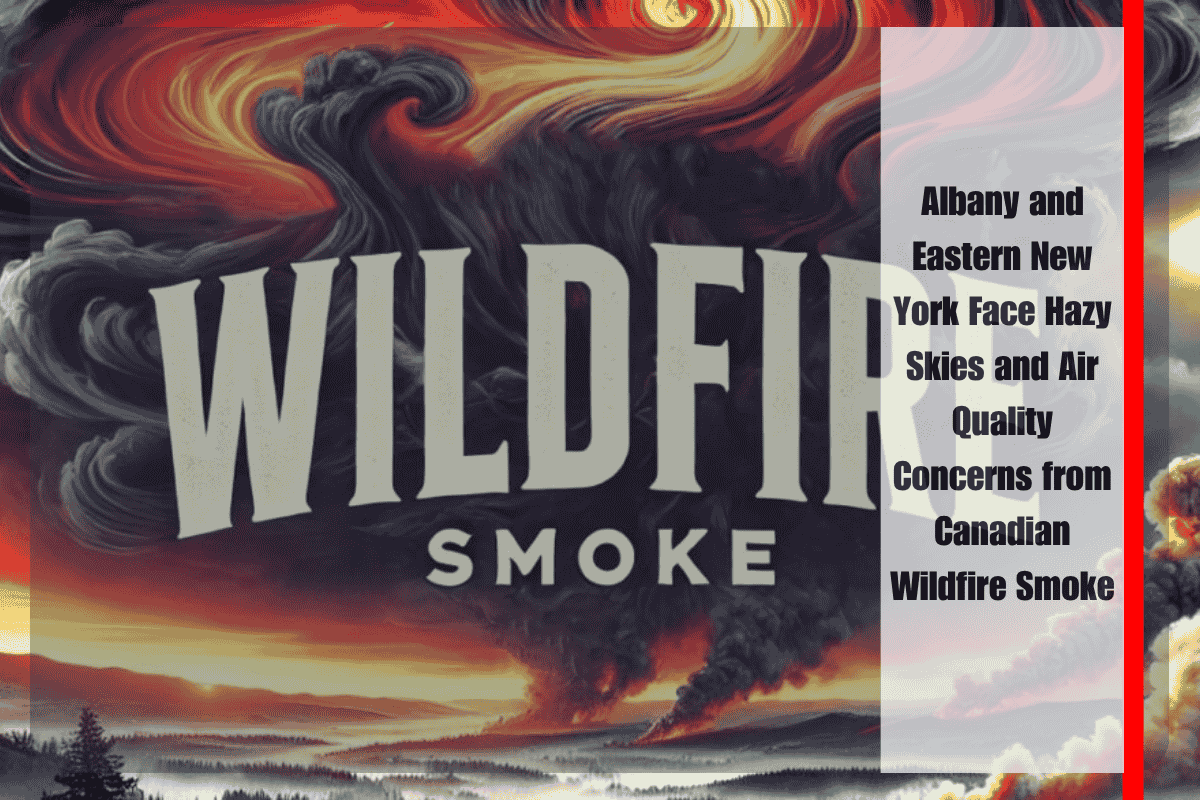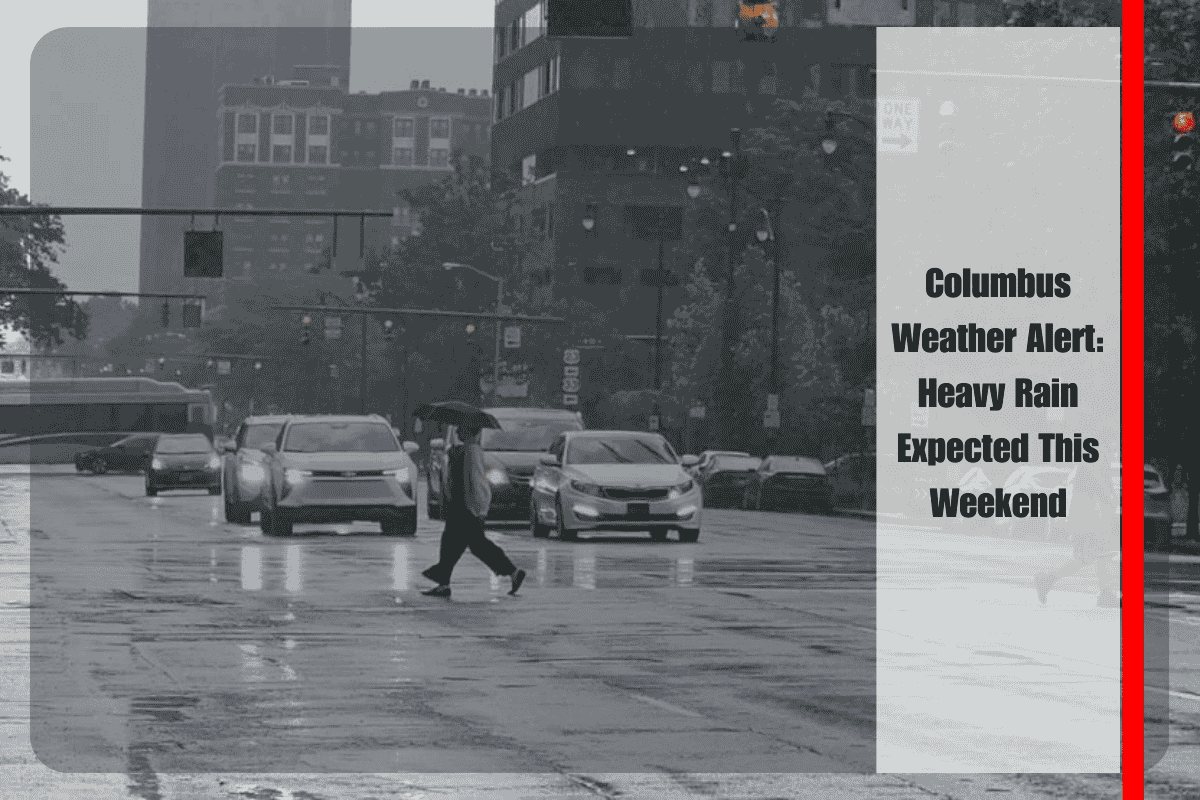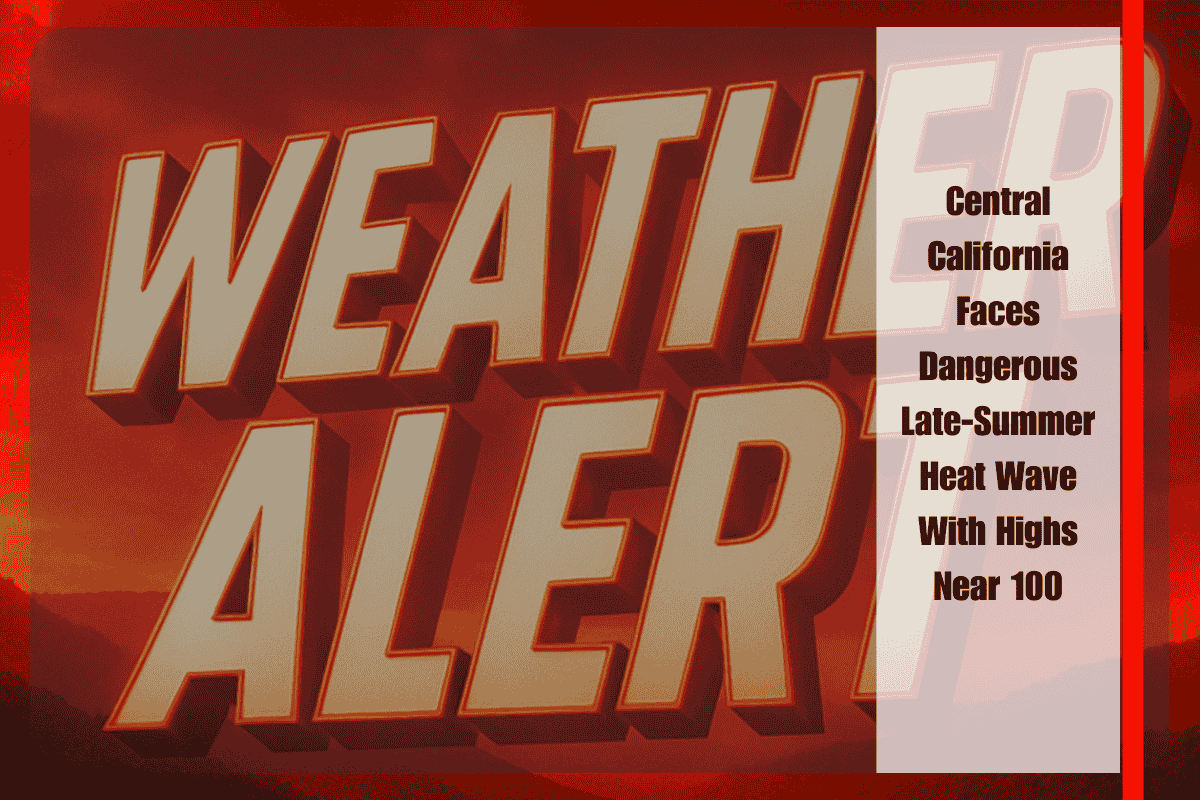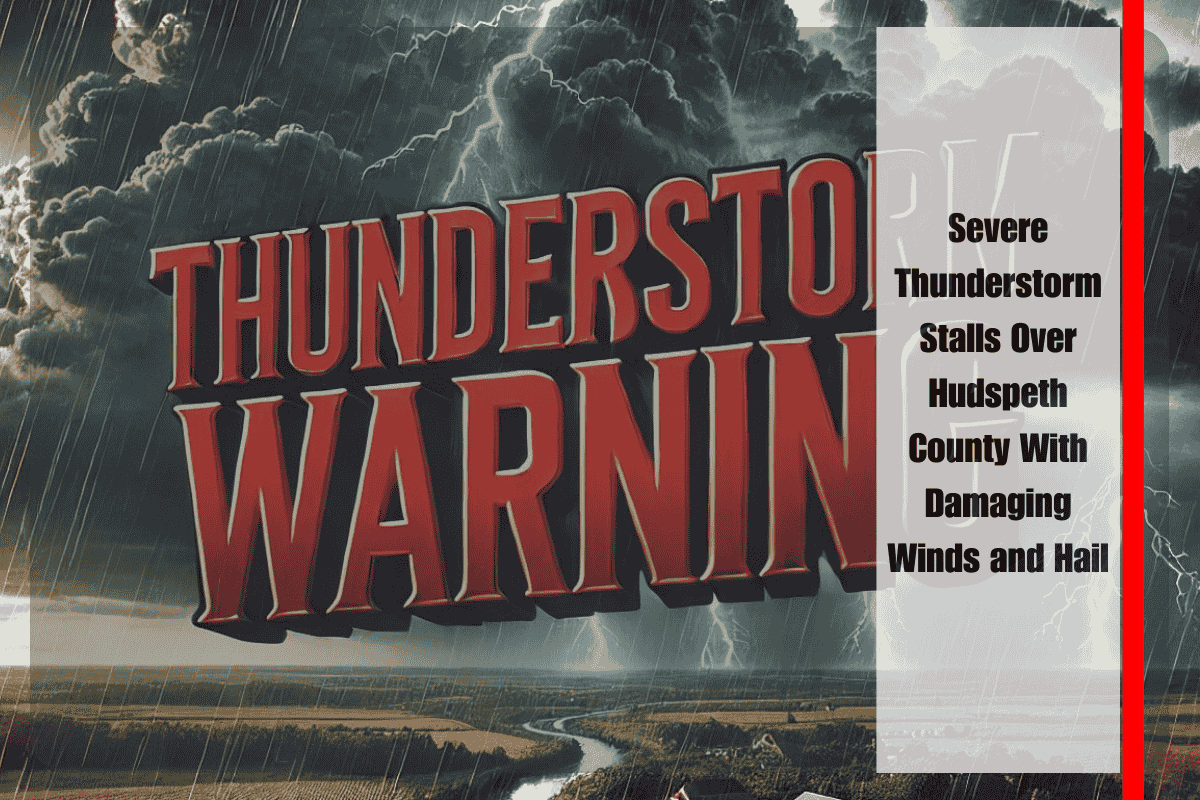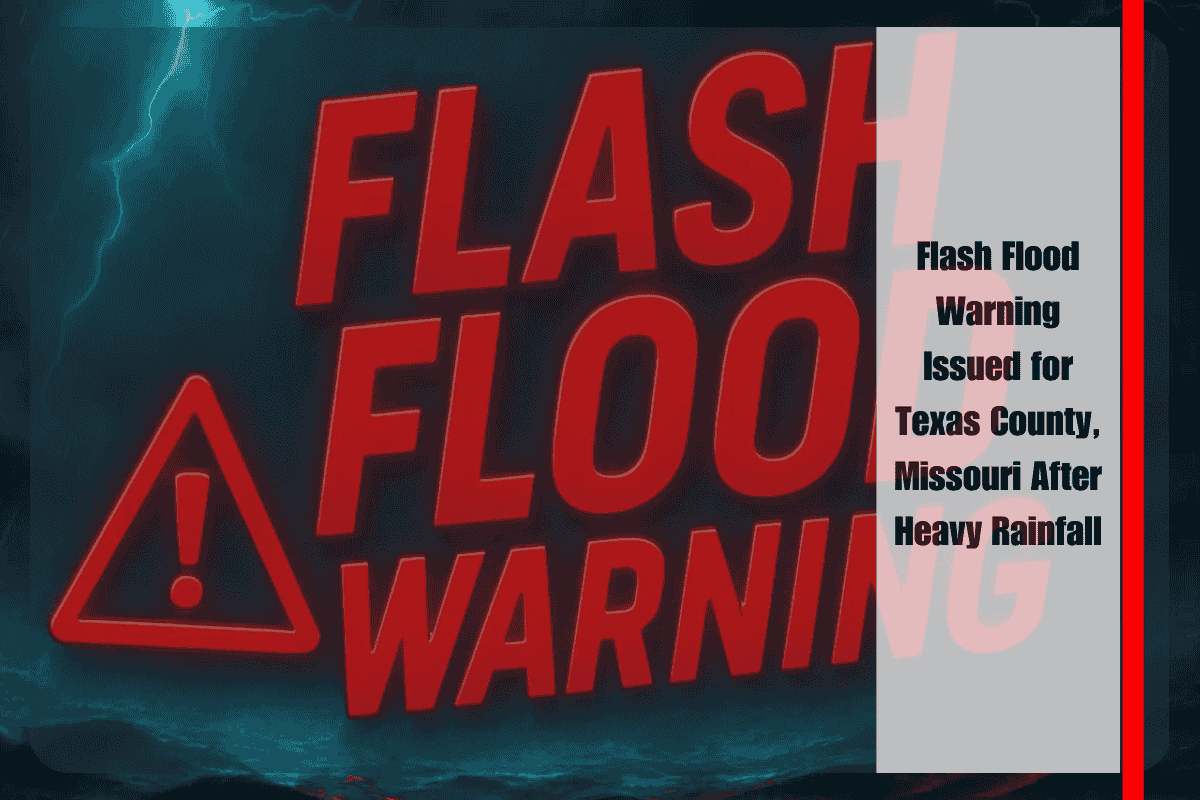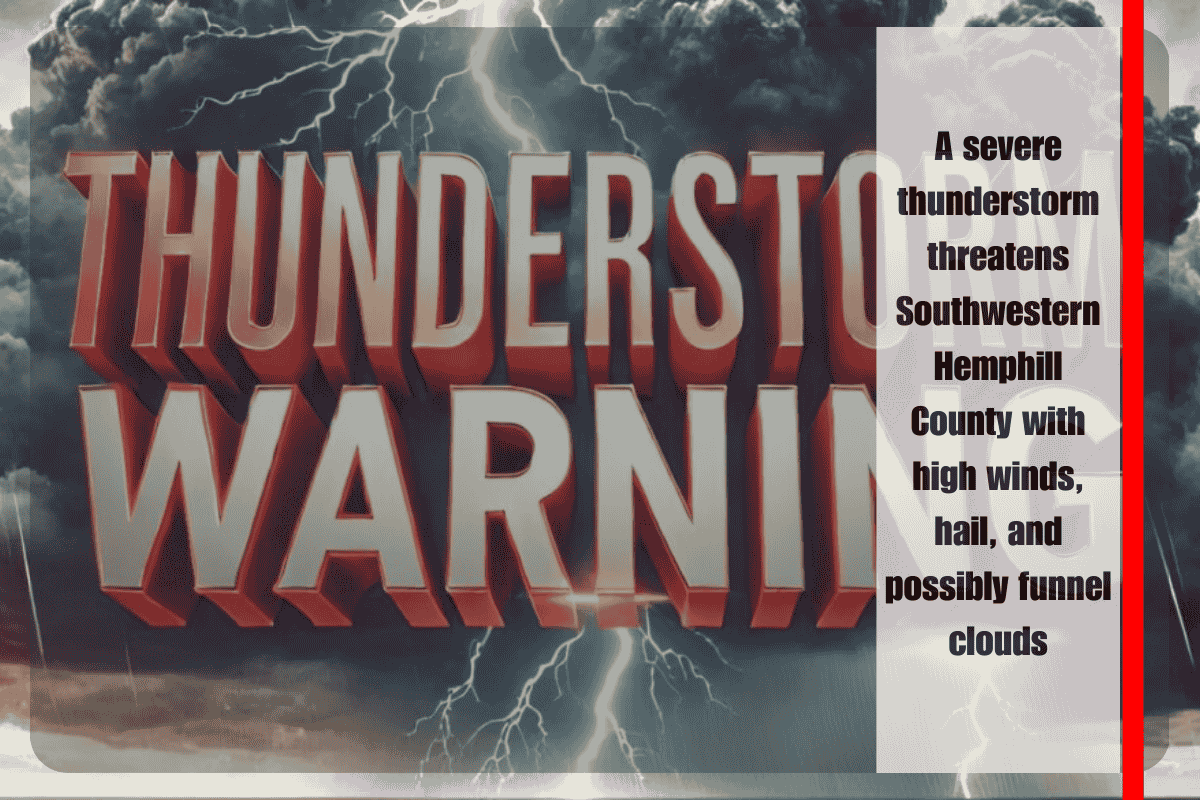Albany, NY – A widespread haze has settled over Albany and much of eastern New York, as smoke from Canadian wildfires continues to drift southward. The result: filtered sunshine, reduced visibility, and ongoing air quality concerns, especially for people with respiratory issues.
According to the National Weather Service in Albany, the smoke is expected to linger through the evening and into the overnight hours, keeping skies hazy and air conditions moderately unhealthy for sensitive groups. Afternoon temperatures will reach the upper 70s to low 80s, and although there’s a slight chance of a passing shower or isolated thunderstorm, that risk is mainly limited to higher elevations near Glens Falls and the Adirondacks.
Visibility could drop significantly on major highways like I-87 and Route 9, especially during early morning and late evening hours when the haze thickens closer to the surface. Drivers should use extra caution and turn on headlights when needed, even during daylight hours.
Overnight lows will settle between 55 and 65 degrees, keeping things relatively mild despite the hazy conditions. But the main issue will continue to be the fine particulate matter (PM2.5) in the air from wildfire smoke, which can cause irritation and breathing difficulties, particularly for young children, older adults, and people with asthma or heart conditions.
Communities stretching from Saratoga Springs to Poughkeepsie, and west toward Binghamton, will see similar hazy conditions, though with varying intensity depending on local wind flow. While skies may appear mostly sunny at times, the sun will likely appear dim or orange-tinted due to the filtering effect of the smoke.
Isolated thunderstorms may form in the higher terrain, but these are not expected to be widespread or strong enough to clear the air. The pattern looks to continue into midweek, depending on how wind directions shift and whether any rain can help disperse or wash out the lingering smoke.
Residents across the region are urged to limit outdoor activities, especially during peak afternoon hours when air quality may worsen. It’s also recommended to keep windows closed, use air purifiers if available, and avoid strenuous exercise outdoors until conditions improve.
Schools, outdoor events, and childcare centers may want to monitor air quality updates as the week progresses. The New York State Department of Environmental Conservation and the National Weather Service will continue to track the smoke and issue Air Quality Alerts if the situation becomes more severe.
For now, the hazy, filtered sunshine will remain a defining feature of the early week weather pattern, acting as a reminder of the far-reaching impacts of ongoing wildfires hundreds of miles away.
